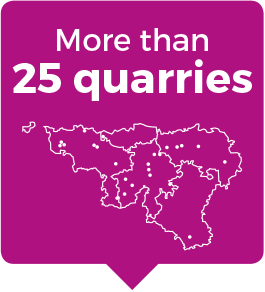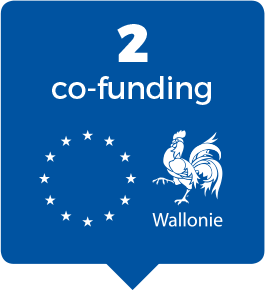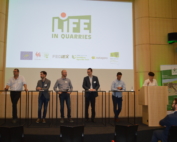Exploiting a quarry leads to the creation of environments which have become rare in Belgium, such as cliffs, rocky or sandy surfaces, rock slides, temporary stretches of water, chalk grasslands or sparse meadows… These habitats, generated by mining activity, enable the appearance and development of populations of pioneer species with a high biological value.
The general object of the Life in Quarries project is to develop and make sustainable the hosting capacity of biodiversity in in various quarries in Wallonia. The originality of this project is based on the implementation of biodiversity management measures during the extractive phase and not only as part of rehabilitation at the end of works.
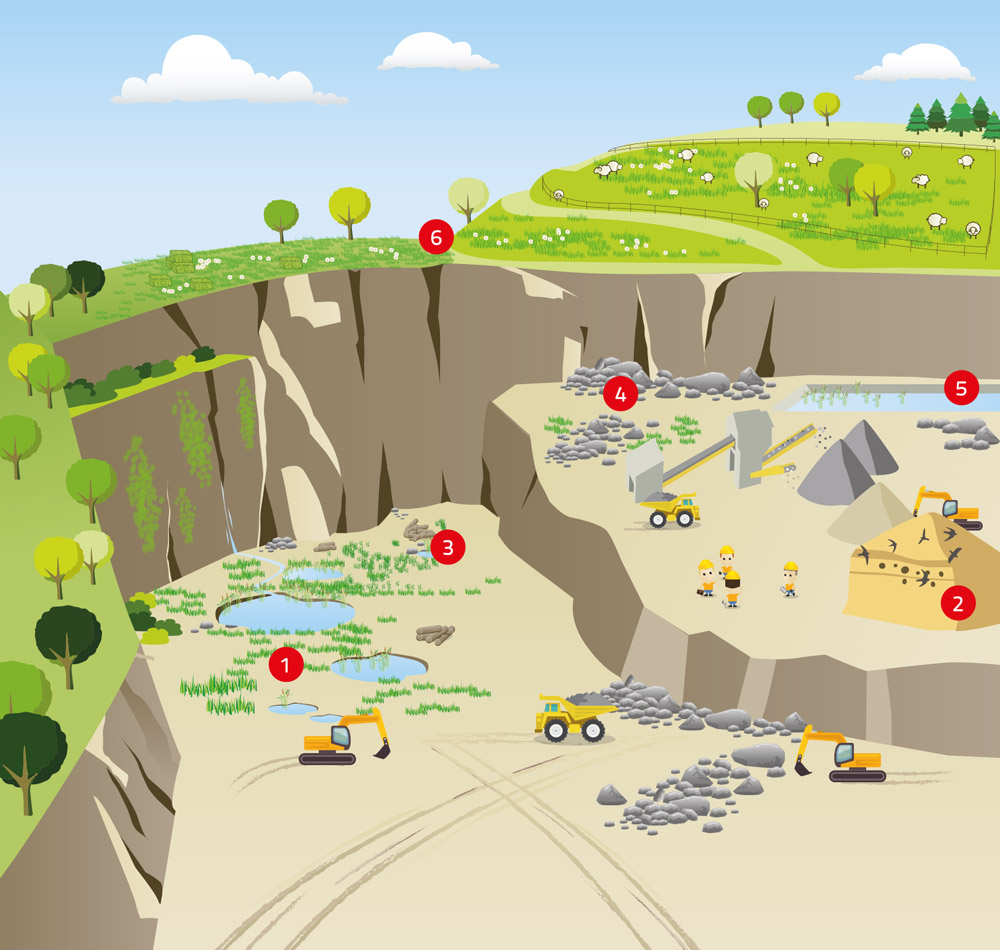
Virtual tour
In Belgium, several rare and protected species benefit from habitats generated by mining activity. This is the case, among others, for the sand martin, lizards, wall lizards, natterjack toads or typical algae typical of poor environments such as characeae.
Témoignages
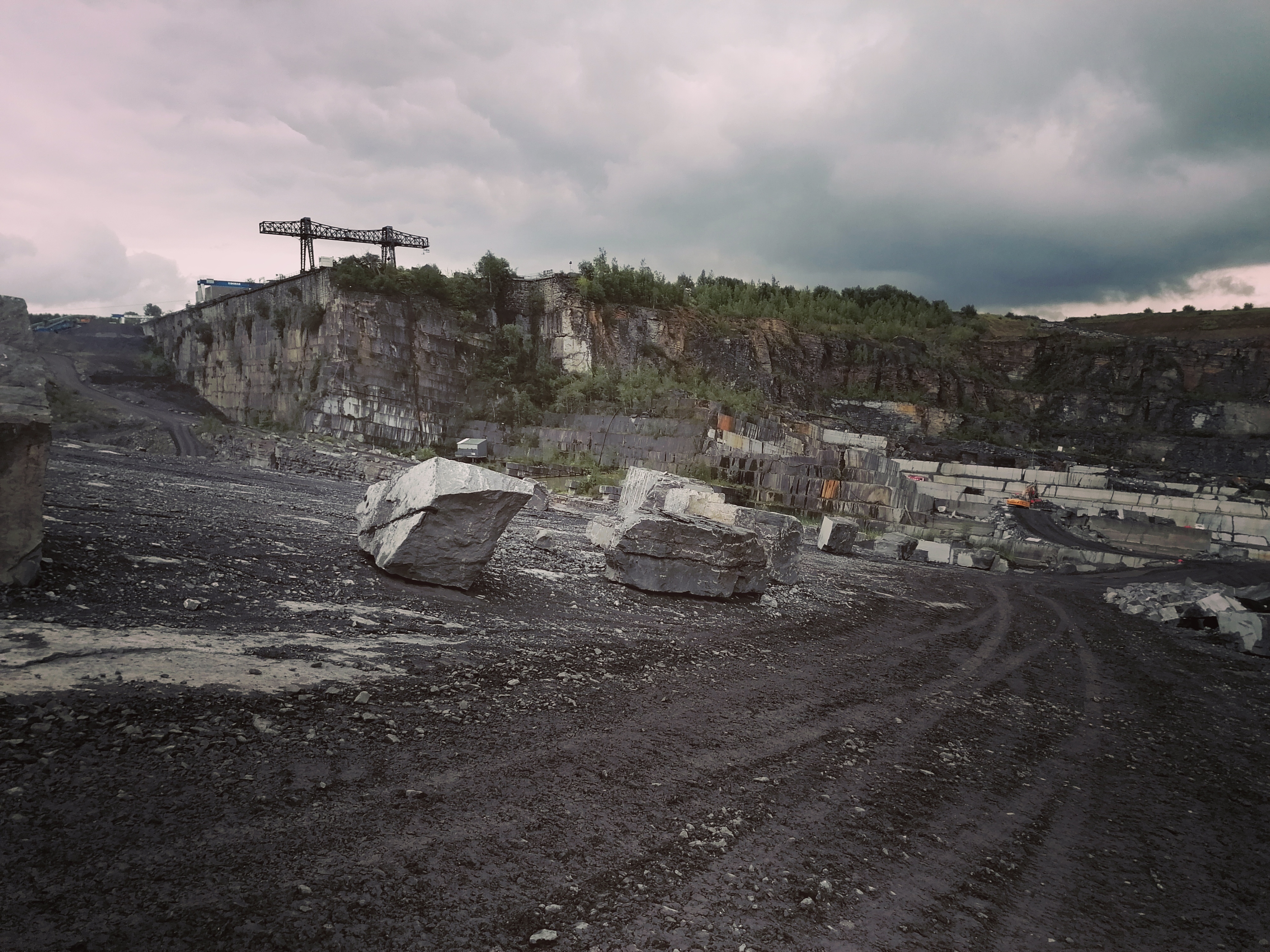
Dolorruptis est, oditiis velis ute omni sitaerum vent a si aut quassit la de alis utas mo con coreptiis es accae nossirum volupta sitin consequidit, ad qui dolorum essectur eicius am in ra dion reperunt, nusa sunt s es accae nossimperum volupta sitin consequidit eicius am.
Prénom Nom
Société
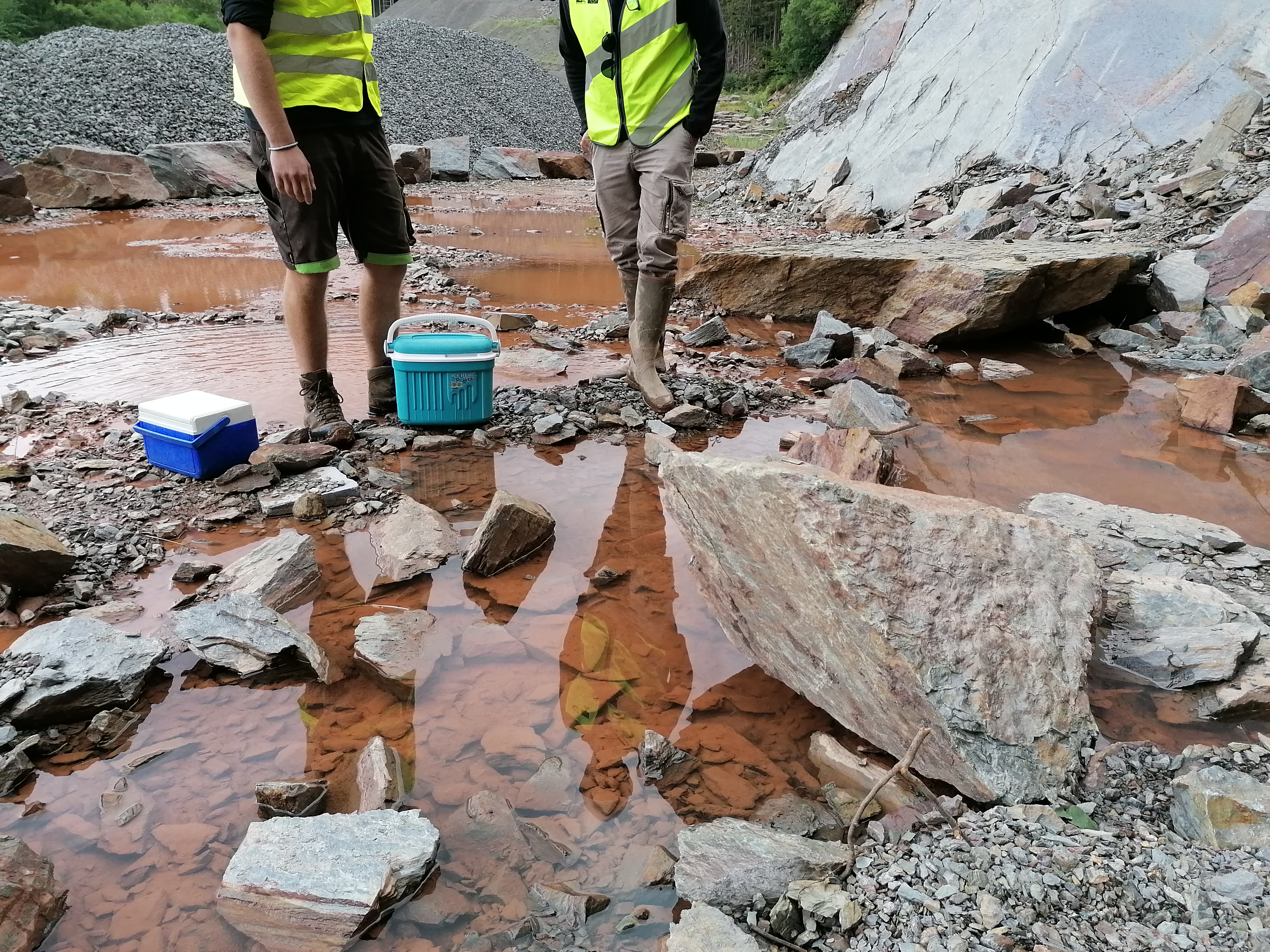
Dolorruptis est, oditiis velis ute omni sitaerum vent a si aut quassit la de alis utas mo con coreptiis es accae nossirum volupta sitin consequidit, ad qui dolorum essectur eicius am in ra dion reperunt, nusa sunt s es accae nossimperum volupta sitin consequidit eicius am.
Prénom Nom
Société
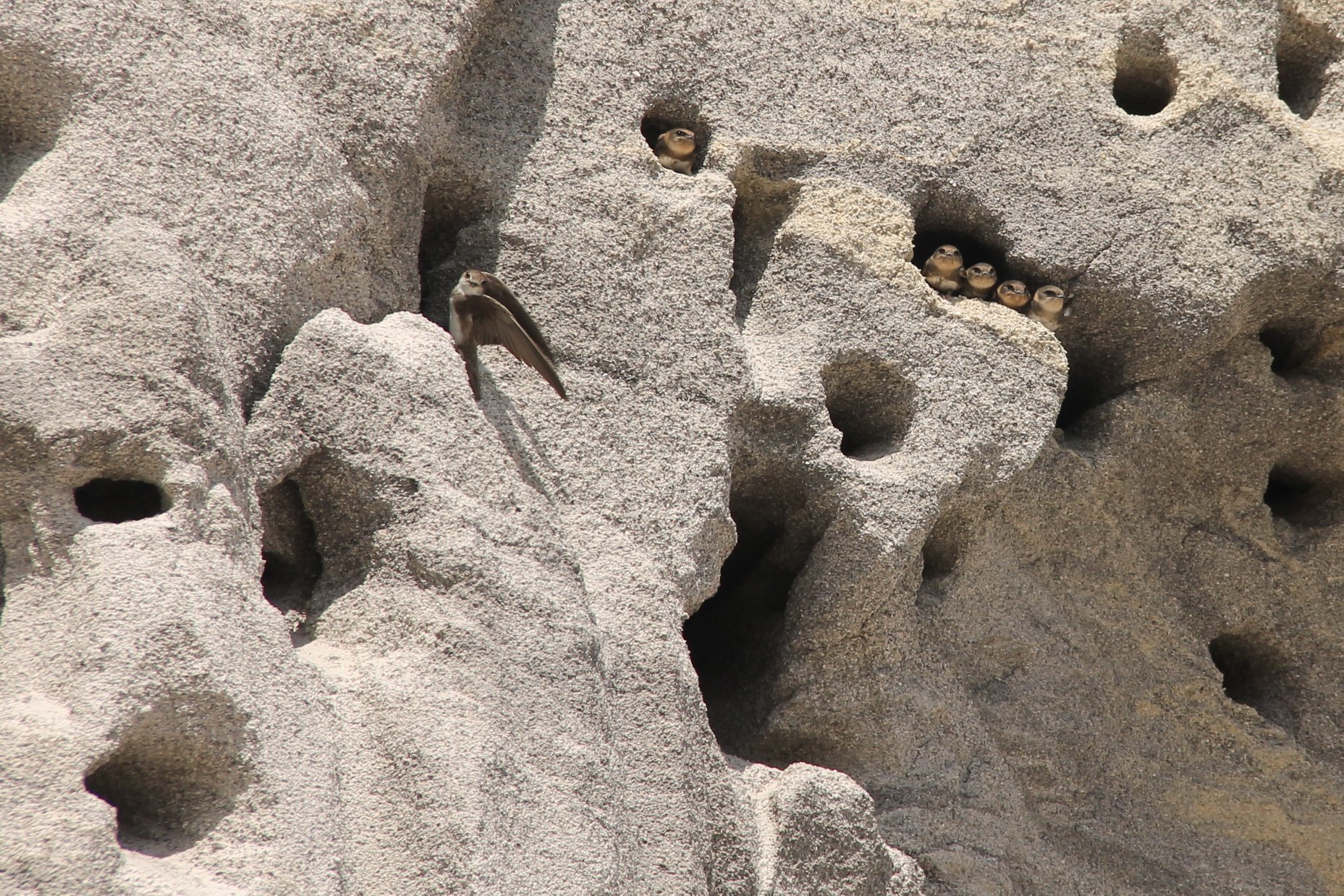
Dolorruptis est, oditiis velis ute omni sitaerum vent a si aut quassit la de alis utas mo con coreptiis es accae nossirum volupta sitin consequidit, ad qui dolorum essectur eicius am in ra dion reperunt, nusa sunt s es accae nossimperum volupta sitin consequidit eicius am.
Prénom Nom
Société

Dolorruptis est, oditiis velis ute omni sitaerum vent a si aut quassit la de alis utas mo con coreptiis es accae nossirum volupta sitin consequidit, ad qui dolorum essectur eicius am in ra dion reperunt, nusa sunt s es accae nossimperum volupta sitin consequidit eicius am.
Prénom Nom
Société
Dynamic biodiversity management
A network of temporary habitats is managed dynamically in time and space across the quarry in parallel with the extractive activity, ensuring a constant availability of suitable habitats for the development of biodiversity.
The aim of the Life in Quarries project is to develop methods to optimise the biodiversity potential of mining sites operating in Belgium. The innovation consists in implementing biodiversity management measures during operation through “dynamic management”, but also during the rehabilitation at the end of mining activities through “permanent nature”.
The integration of biodiversity management during the operational phase of a quarry requires the development of new biodiversity development approaches and an administrative and legal management.
The dynamic management of biodiversity is intended to target several rare and protected species in Wallonia which will benefit from habitats generated by mining activities for the development. This is the case, among others, for the sand martin, lizards, wall lizards, natterjack toads or typical algae typical of poor environments such as characeae.
TEMPORARY NATURE
PERMANENT NATURE
LAST NEWS
You missed our final conference? Don't panic! Watch it again here! On stage, during the "testimonies" part, the d [...]
Registration to the final conference!
In order to ensure the strictest respect of the sanitary measures in force, participants are requested to present themse [...]



